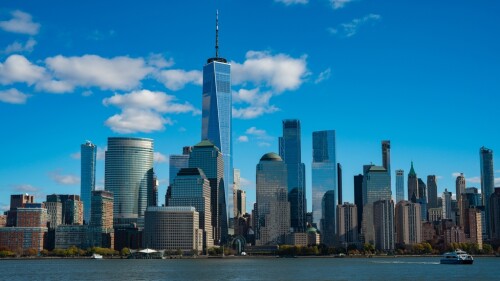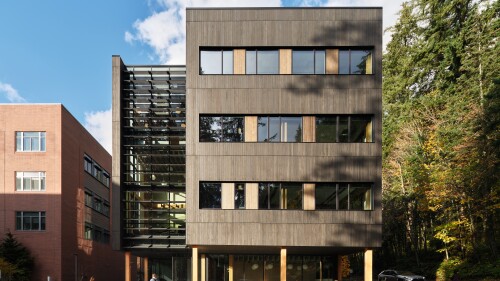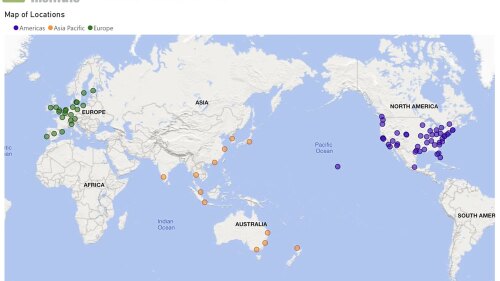Resilience and Sustainability
ULI’s Randall Lewis Center for Sustainability in Real Estate has now released the fifth and final installment of its premier primer on achieving net-zero-building carbon emissions through dynamic engagement between owners and tenants. The series explores practical strategies for reducing emissions at both the asset and portfolio levels—highlighting how all parties working together can drive meaningful emissions reductions across all aspects of real estate.
A two-week program, hosted by UCL’s Department of Civil, Environmental & Geomatic Engineering and led by José Torero, Matthew Heywood, and Michael Woodrow, with a cohort of early-career professionals tested the limits of The London Plan and imaged what could lie ahead through a fellowship themed “Innovating Tomorrow’s Resilience.”
Climate Week NYC, run by the nonprofit Climate Group and held in parallel with the United Nations General Assembly, makes its annual return this September 21–28 with hundreds of in-person, hybrid, and virtual events. This jam-packed week brings together a powerful cross-section of climate leaders, including inspiring activists; visionary artists; and industry leaders in real estate, business, finance, and government.
In September 2023, Hong Kong was hit by its heaviest rainfall on record—nearly 6.3 inches (160 mm) in a single hour. Link Asset Management’s Temple Mall North, like many other buildings, suffered severe flood damage. In response, the company invested in detachable flood barriers and Internet-of-Things (IoT) sensors to mitigate future risk. For Link’s bottom line, this resilience investment translated into an 11.7 percent reduction in insurance premiums.
A panel of experts, moderated by Katie Wholey, director of climate resilience at Enterprise Community Partners, gathered at the 2025 ULI Resilience Summit in Denver to discuss how climate risk assessments are informing asset and portfolio management.
In the heart of London’s Covent Garden neighborhood, a complex of five Victorian-era structures—previously home to a seed merchant company, a brass and iron foundry, and a Nonconformist chapel, among other uses—have been restored and adapted into a single, cohesive office building with ground-floor retail and dining space. The three-year restoration preserved the property’s industrial heritage, yet it provides enough flexibility to meet the needs of today’s workforce.
“NZI on TAP” is a new series that explores the energy and vigor participants experience on-site during Net Zero Imperative (NZI) Technical Assistance Panels (TAPs).
As the environmental impact of construction remains heavily scrutinized amid growing concerns around climate change and resource depletion, universities are turning to new design strategies that prioritize innovation, environmental integration, and sustainability.
Despite geopolitical headwinds, green building regulations continue to gain momentum among local authorities. Many cities have moved beyond reporting requirements to demand practical, asset-level action. Numerous jurisdictions have introduced requirements on net-zero carbon and energy efficiency in buildings, fossil fuel-free heating, embodied carbon, electric vehicle (EV) charging facilities, and climate adaptation measures.
Since the 1980s, the Dallas suburb of Plano has attracted some of the country’s biggest corporate headquarters and established itself as a hub for major employers. But how did Plano revamp to meet the goals of a changing economy and a changing community? The city made a pivot that has been echoed in growing cities around the country: a major shift toward investing in parks and activating green space.










